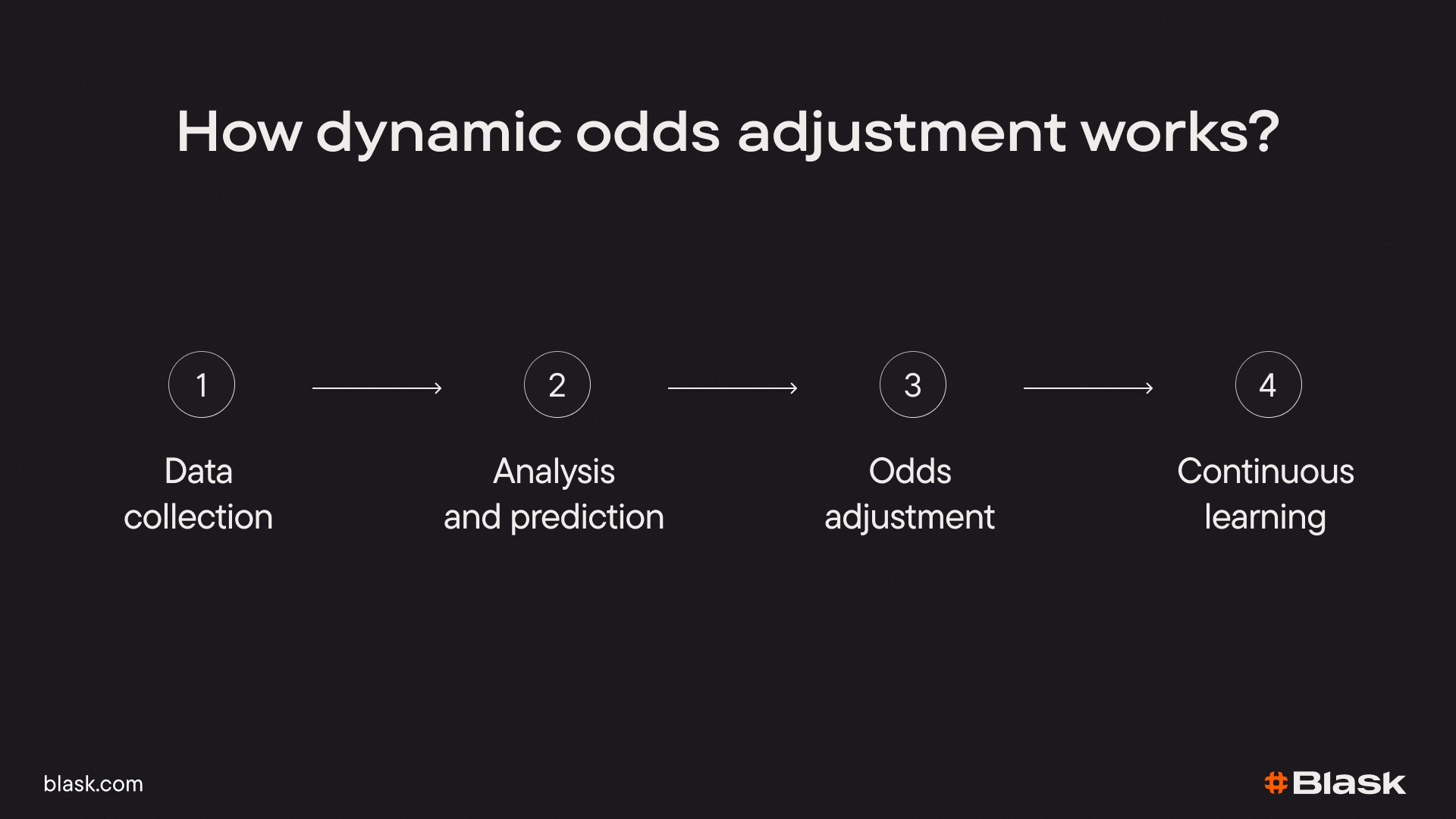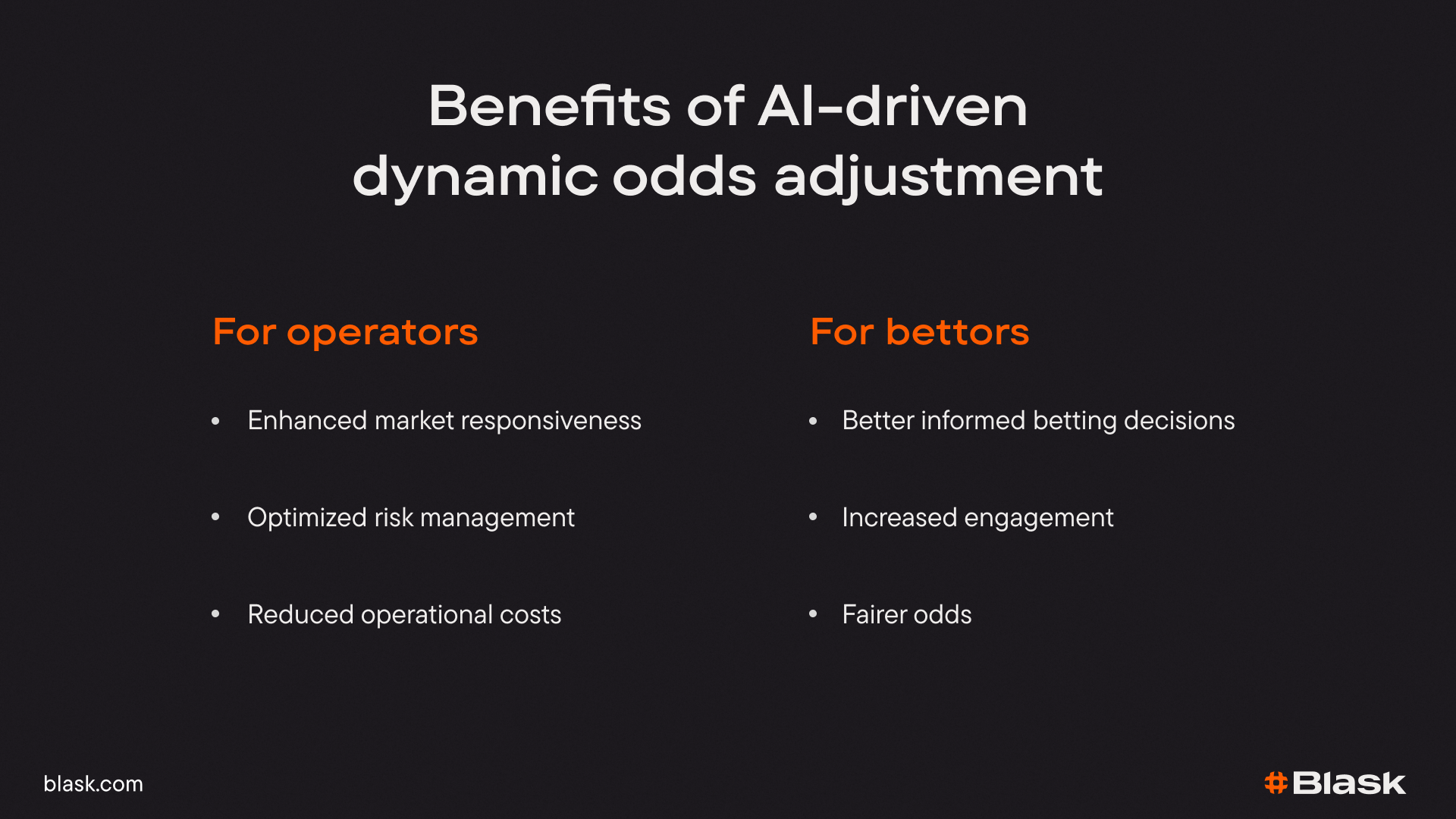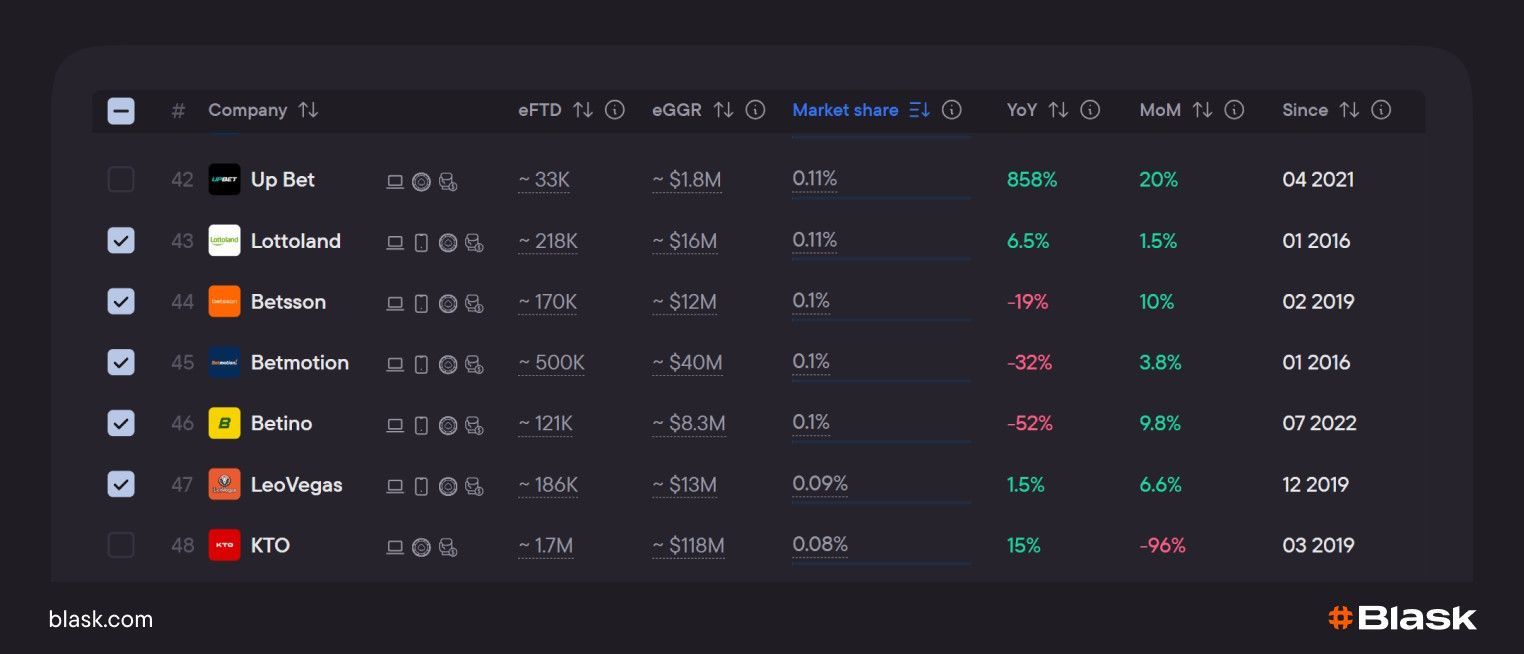AI-driven dynamic odds adjustment in esports betting
Esports betting is rapidly transforming with the integration of AI technologies, fundamentally altering how odds are calculated and adjusted. Traditional methods relied on fixed odds determined by human analysts; however, the advent of AI has opened the door for dynamic, real-time odds adjustments, making the betting experience more responsive and exciting. This article dives deep into the concept of AI-driven dynamic odds adjustment in esports betting, outlining the benefits, challenges, and how it enhances the overall experience for both bettors and operators.
What is dynamic odds adjustment?
Dynamic odds adjustment refers to the real-time changes in betting odds based on various factors, such as in-game events, team performance, player behavior, and other external influences like betting volume. In esports, where games are highly unpredictable and fast-paced, the ability to adapt odds instantly is crucial. This real-time fluctuation ensures that the odds reflect the most current situation in a game, offering bettors a more accurate and fair platform to place their bets.
Why AI is perfect for dynamic odds in esports?
AI technologies are ideal for esports due to their ability to process massive datasets in real-time and predict outcomes more accurately than traditional systems. Key components of AI that make it suited for dynamic odds include:
- Machine Learning Models: These models can analyze historical data and in-game variables to predict potential outcomes and adjust odds accordingly.
- Natural Language Processing (NLP): AI can process game chats, social media buzz, and news updates to identify emerging trends that could influence match outcomes.
- Deep Learning: AI can simulate thousands of possible game scenarios, providing a dynamic and precise calculation of odds.
How dynamic odds adjustment works?

AI-driven dynamic odds adjustment takes place in several steps:
- Data collection: AI models collect data from multiple sources. In esports, this could be live game statistics, historical data of teams and players, social media sentiment, and betting behavior.
- Analysis and prediction: AI analyzes these data points using machine learning algorithms. For instance, if a top player underperforms in the first round, AI predicts the impact of this on the overall game and adjusts the odds accordingly.
- Odds adjustment: Based on predictions, the odds are adjusted dynamically. This ensures the betting odds are aligned with the current status of the game, making it more accurate and reflective of real-time events.
- Continuous learning: AI systems continuously learn and improve their predictions by absorbing new data after each game, creating more sophisticated models that improve over time.
Benefits of AI-driven dynamic odds adjustment.
The integration of AI in dynamic odds adjustment brings numerous advantages to both bettors and operators.

For bettors:
- Fairer odds: AI eliminates human bias, providing odds that are more reflective of the actual game scenario.
- Increased engagement: With odds changing in real-time, bettors are more likely to stay engaged throughout the match, making live betting more thrilling.
- Better informed betting decisions: AI tools often provide bettors with insights and data, allowing them to make more informed decisions.
For operators:
- Optimized risk management: AI helps operators manage risks by adjusting odds based on real-time data, ensuring they maintain profitability while offering competitive odds.
- Reduced operational costs: Automating the odds adjustment process reduces the need for large teams of human analysts, cutting down operational costs.
- Enhanced market responsiveness: AI-driven systems allow operators to react instantly to changes in the market, staying ahead of competitors and trends.
The role of Blask in AI-driven dynamic odds.
Blask's AI-powered tools play a significant role in empowering esports betting operators. By providing real-time insights and market analytics, Blask helps operators stay competitive in the dynamic betting landscape.
- Real-time market insights: Blask provides real-time updates on market dynamics through the Blask Index metric, which tracks interest across various markets and brands. This helps operators adjust their offerings in real-time.

- Competitive benchmarking: The platform allows operators to compare their performance against competitors using metrics like relative market share.

- Accurate metrics for decision making: Blask’s eFTD (estimated First-Time Deposits) metric is crucial in guiding betting operators on potential user acquisition based on market trends and AI forecasts.
Whether it's a major sporting event, regulatory changes, or industry news, Blask allows operators to track the impact on the market with granular detail. Operators can analyze both immediate reactions and long-term effects, ensuring they stay informed and ahead of the competition.
Challenges in AI-driven dynamic odds.
While the benefits are significant, there are challenges that come with the implementation of AI in esports betting.
- Data integrity: AI systems rely heavily on data quality. Inaccurate or incomplete data can lead to flawed odds predictions, affecting both operators and bettors.
- Overfitting: If AI models are too tailored to specific scenarios, they might fail to generalize for new, unseen matches, making them less effective.
- Regulatory hurdles: The use of AI in betting is still subject to strict regulations, and compliance can vary greatly between regions.
How operators can leverage AI and Blask for future success?
For operators in the esports betting industry, adopting AI-driven dynamic odds and leveraging platforms like Blask is key to staying ahead. Here’s how operators can get the most out of this technology:
- Utilize real-time data: By incorporating Blask’s real-time market insights, operators can ensure their odds are always up-to-date, improving user trust and engagement.
- AI-powered market trends: Blask’s tools help analyze emerging market trends, allowing operators to adjust their strategies dynamically.
- Optimization with Blask metrics: Leveraging metrics such as YoY and MoM growth, Relative Market Share, and Estimated Gross Gaming Revenue (eGGR) can offer operators deeper insights into their growth and market positioning.
Conclusion.
AI-driven dynamic odds adjustment is revolutionizing esports betting, offering a more engaging and fair experience for bettors while empowering operators with sophisticated tools to stay competitive. Platforms like Blask play a pivotal role in this transformation by providing cutting-edge AI analytics, real-time insights, and advanced market metrics that make data-driven decisions possible. As esports continues to grow, embracing AI technologies like dynamic odds adjustment will be essential for success in this fast-paced industry.